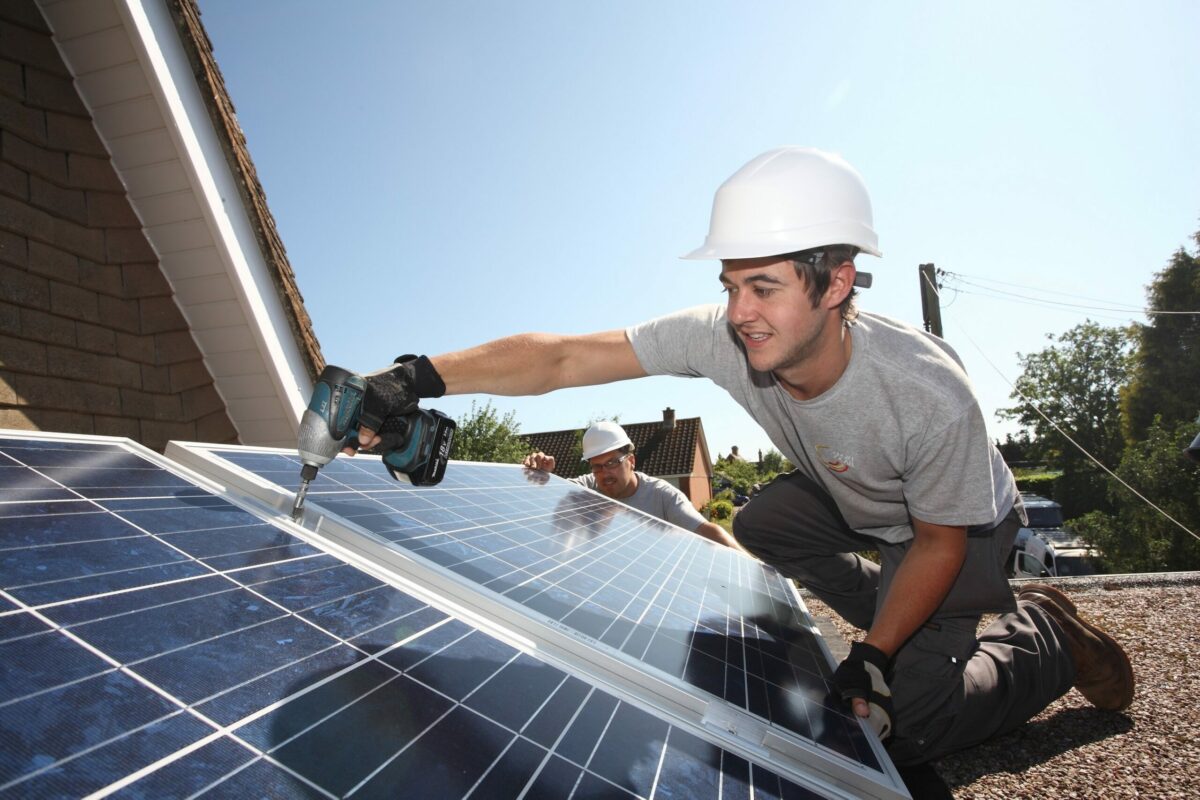
Image: Sungift.
The end is drawing ever closer for the feed-in tariff (FiT), marking the closure of another chapter in the solar industry’s history.
By the end of this week, the FiT will be no more and the industry will instead look ahead to the promise of the Smart Export Guarantee (SEG) and a subsidy-free future.
Whilst the FiT may be very much on the way out, its impact cannot be denied. Its history is best summarised by MCS director Chris Roberts, who simply describes it as a “rollercoaster”.
“I think it was necessary to stimulate the industry and it certainly did that. It created a supply chain,” Roberts says, adding that the industry wouldn’t have been established in the same way without it.
Despite its necessity to building up the UK market, the FiT certainly created challenges for those attempting to make a living. Roberts, who ran a solar installation business, cites a lack of customers being the main issue, saying that the FiT being “chopped and changed left, right and centre with no real planning in advance” made customers reluctant to come forward.
It was a trial by fire for installers who, like Roberts, were just setting up their businesses as the cuts to the FiT saw businesses leave the UK market or completely close altogether, with the government predicting 18,700 fewer jobs in the industry as a result of the changes.
Roberts says that hindsight is a wonderful thing, but he believes the FiT was “just done in the wrong way” and was allowed to grow at an unsustainable rate without long-term planning. He does, however, say it was in some ways a positive because it allowed him “to build a business in the darkest days of the industry”.
But not every installer saw negative effects of the cuts to the FiT.
Kevin Holland has been in the industry for over a decade and runs a thriving business in Kings Lynn. Holland has never advertised the FiT as part of his business and remains adamant that his customers come to him for other reasons. He’ll be doing the same after the end of the FiT, saying that people are still “concerned about the environment”.
Holland says the only difference to his business that FiTs made is that he stopped selling solar thermal and started selling solar PV. He does, however, agree that the FiT has been a success in creating an industry.
“We’ve got import and export now, whereas beforehand we were just buying in whatever we could find and fitting it on people’s houses but we’ve now got an industry. And FiTs worldwide have done that.
“FiTs have driven demand, demand has driven innovation and productivity, which has then brought the prices down worldwide,” Holland added, saying that what the industry got out of the FiT was information on what works well where.
Ray Noble, industry veteran and long-standing government advisor, says that there is a long-term benefit to those with a FiT due to it being based around a module lifespan of around 25 years, with it now being recognised that the business plan “should be based on something like 35 or even 40 years”. Anyone with a FiT is therefore going to have those systems for “an extra fifteen years” than originally thought and “make a lot of money as a result”, Noble says.
Like Roberts and Holland, Noble believes that the FiT stimulated the market, but now the industry needs “to move on” towards integrating solar with battery storage and electric vehicles, though admits there needs to be “a bit of education to get people to understand that market”.
Holland, who has been installing battery systems with every domestic solar system for four years, also believes that storage is the future of solar. But he worries that if a “very serious and sensible export price tariff” is implemented, the battery market may suffer as a result as it may eliminate the need to store energy until the price is best to sell it back to the grid.
Noble suggests the tariff is likely to be 2 or 3p/kWh, though he says that those generating their own power through solar should invest in battery storage as it “makes sense to put it in storage and hold it until the appropriate time”.
Without the FiT, fitting solar with battery storage may have been a lot further off than it is today, with Noble predicting it will be economically feasible in the next year. However, Roberts says that whilst the growth of the industry was a positive thing, it should have been done more sustainably with long-term planning in place.
“Would the industry have grown more sustainably without the FiT purely off the back of a reduction in product prices in the global market? Perhaps so,” He says.
“We might have had a smaller industry, but we would have had a stronger industry purely off the back of that. Who knows?”

